新西兰已加入 COVID-19 保护框架,也称为交通信号灯。
COVID-19 保护框架的关键组成部分
- 疫苗
高疫苗接种率是新西兰保护人民和最大限度地减少 COVID-19 传播的关键工具,也是该框架内环境的核心。
- 我的疫苗通行证
我的疫苗通行证是您在新西兰奥特罗阿使用的 COVID-19 疫苗接种状态的官方记录。
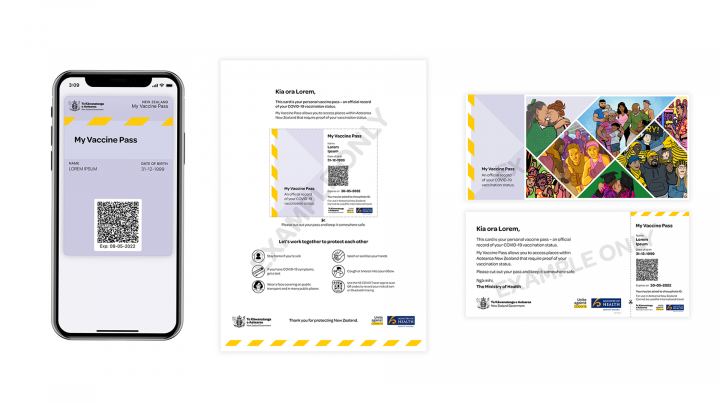
- 容量限制
与警报级别设置类似,指定的容量限制基于 1 米的距离。
- 记录保存
新西兰政府合法发布的 QR 码必须显示在工作场所和公共交通工具上,以便能够使用新西兰 COVID Tracer 应用程序进行联系人追踪。
- 本地化的保护和封锁
在这个框架下,如果需要控制高传输速率,除了这三个级别之外,还可以使用本地化的封锁和保护措施。
- 未指定位置
如果框架中没有专门捕获您的业务、服务或活动,则必须遵循常规设置中指定的公共卫生措施。
交通信号灯
新西兰的任何地方都用颜色编码:红色、橙色或绿色。根据您所在位置指定的颜色,您将需要遵循特定的规则。
红色:在 Red,我们需要采取行动保护我们的弱势社区和卫生系统免受 COVID-19 的侵害。向下滚动以了解更多信息。
奥兰治:在奥兰治,COVID-19 将在社区传播,脆弱社区的风险增加,并给卫生系统带来压力。向下滚动以了解更多信息。
绿色:在格林,社区传播有限,我们的卫生系统已准备好应对。向下滚动以了解更多信息。
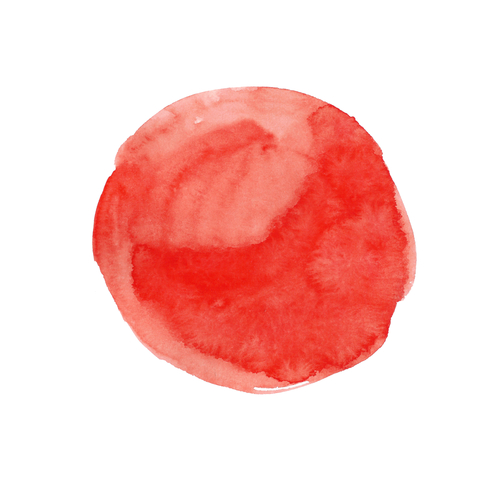
紅
我们可以在 Red 去哪里有限制。但也有每个人都可以做的日常事情。你可以在室内外结识朋友和 whānau,去购物,获得医疗保健,上学和旅行。
法律要求你提供我的疫苗通行证才能进入交通信号灯系统下有疫苗接种要求的地方。这可能包括招待场所、活动、聚会和健身房。
不能要求您提供 “我的疫苗通行证” 以获取基本需求服务,例如超市、公共交通和基本医疗保健。
- 在 Red 聚会和参观
根据 “我的疫苗通行证” 的要求和限制,可以在 Red 进行聚会和参观,例如在家、教堂和运动场所。
- Red 的旅行和住宿
您可以在新西兰旅行,并在 Red 住宿。
- Red 的企业和工作场所
企业和工作场所可以在 Red 开业。有些工人可能需要接种疫苗。
- Red 的招待场所
咖啡馆、酒吧、餐厅和夜总会等招待场所可以在 Red 开放,但有 “我的疫苗通行证” 的要求和限制。
- Red 的购物和服务
您随时可以在 Red 获得食物、医疗保健和其他基本需求,也可以访问其他零售店。
- Red 的活动和公共设施
活动可以按照 “我的疫苗通行证” 要求进行,公共设施可以在 Red 开放,但有限制。
- Red 的教育
教育可以在 Red 开放,但是您可能必须遵守公共卫生措施,例如戴口罩。
- 在 Red 搬家、买卖房屋
你可以在 Red 搬家,买卖房子。
- Red 的运动和娱乐
您可以在 Red 玩和观看体育和娱乐活动,但在某些地方有我的疫苗通行证要求。
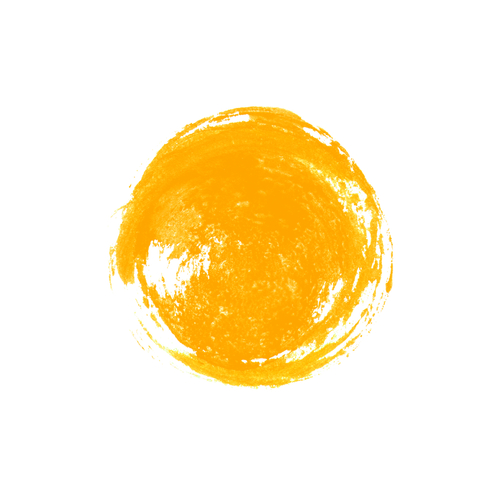
橙
在奥兰治,COVID-19 将在社区传播,弱势社区的风险增加,并给卫生系统带来压力。
在 Orange,人们可以继续进行日常活动。有限制病毒传播和保护弱势群体的限制措施。但是你可以去工作、学校、体育馆、教堂、餐馆等更多地方。
如果大多数企业选择遵守 “我的疫苗通行证” 要求,并且只允许持有 “我的疫苗通行证” 的人进入,则可以不受数量限制地开业。
如果他们选择不遵守 “我的疫苗通行证” 要求,一次可以进入某个场地的人数将受到限制。
在奥兰治聚会和参观
聚会和参观,例如在家、教堂和运动场所,都可以在奥兰治进行,但有限制。
- 奥兰治的旅行和住宿
你可以在新西兰旅行,然后住在奥兰治
- Orange 的企业和工作场所
企业和工作场所可以在 Orange 开业。有些工人可能需要接种疫苗。
- 奥兰治的招待场所
咖啡馆、酒吧、餐馆和夜总会等招待场所可以在奥兰治开放,但有一些限制。
- Orange 的购物和服务
您随时可以在 Orange 获得食物、医疗保健和其他基本需求,也可以访问其他零售店。
- Orange 的活动和公共设施
活动可以继续进行,公共设施可以在奥兰治开放,但有限制。
- 奥兰治的教育
教育可以在奥兰治开放,但是您可能必须遵循公共卫生措施,例如戴口罩。
- 在奥兰治搬家、买卖房屋
你可以在 Orange 搬家,买卖房子。
- 奥兰治的运动和娱乐
您可以在奥兰治玩和观看体育和娱乐活动,但有限制。
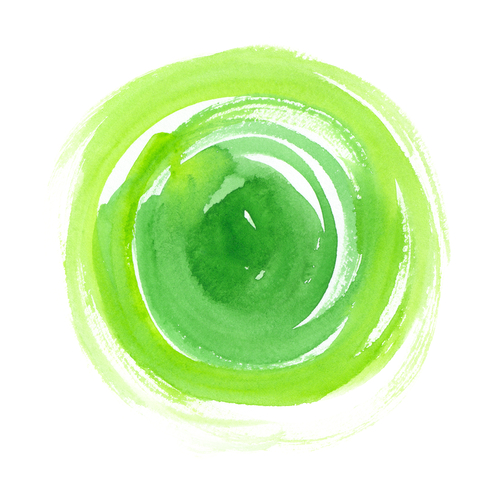
綠色
在格林,社区传播有限,我们的卫生系统已准备好应对。
如果许多企业和场所遵循 “我的疫苗通行证” 的要求,他们可以选择不受数量限制的开业。
如果他们选择不遵守 “我的疫苗通行证” 要求,一次可以进入某个场地的人数将受到限制。
- Green 的聚会和参观
可以在 Green 进行聚会和参观,例如在家、教堂和 marae。
- Green 的旅行和住宿
你可以在新西兰旅行,然后住在 Green 的住宿。
- Green 的企业和工作场所
企业和工作场所可以在 Green 开放,没有任何限制。
- Green 的招待场所
如果每个人都有 “我的疫苗通行证”,咖啡馆、酒吧、餐厅和夜总会等招待场所可以在格林开放,没有任何限制。
- Green 的购物和服务
您随时可以在 Green 获得食物、医疗保健和其他基本需求,也可以访问其他零售店。
- Green 的活动和公共设施
活动可以继续进行,公共设施也可以在 Green 开放。
- Green 的教育
在 Green,包括幼儿中心、学校、库拉和高等教育机构在内的所有教育设施均已开放。
- 在 Green 搬家、买卖房屋
你可以在格林搬家和买卖你的房子。
- Green 的运动和娱乐
如果每个人都已完全接种疫苗,你可以在 Green 玩和观看体育和娱乐活动,没有任何限制。

















































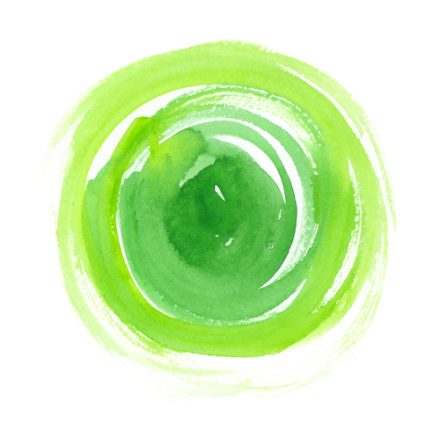


-360x245.jpg)









